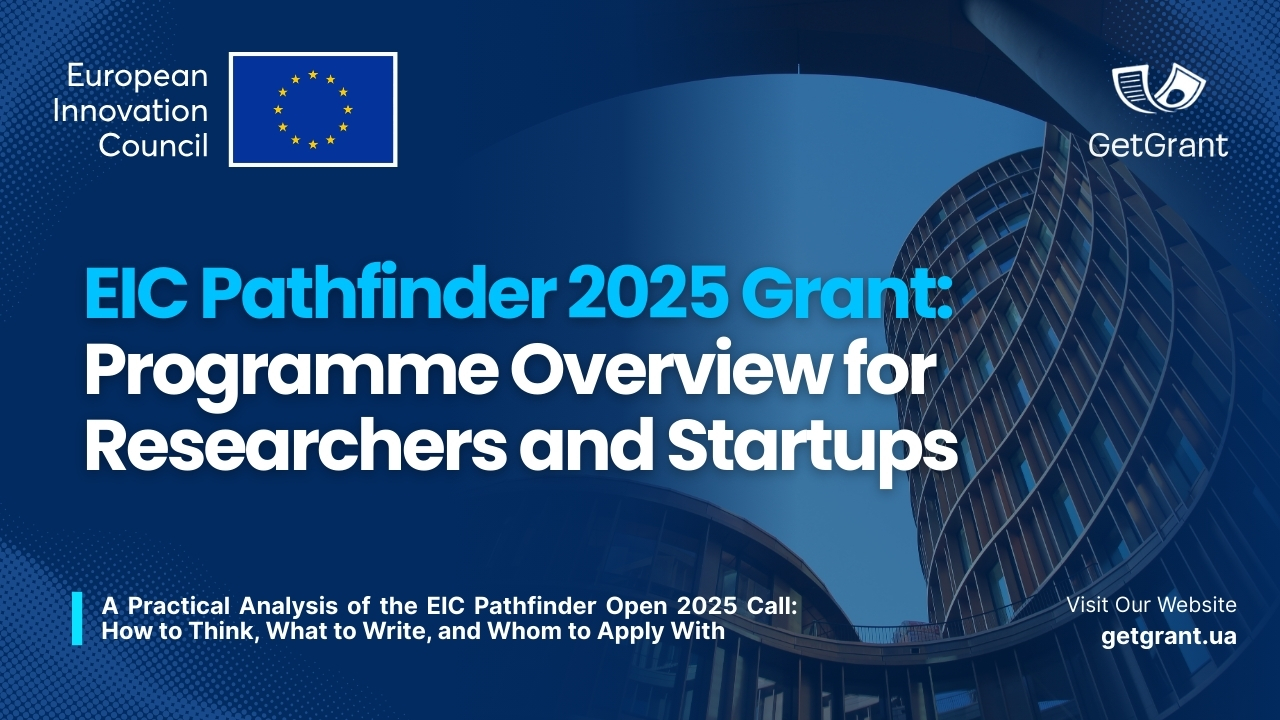Among all the EU funding instruments, the EIC Pathfinder 2025 grant occupies a truly unique place. It does not aim to refine existing solutions or enhance process efficiency. Instead, Pathfinder targets those who explore scientific uncertainty, formulate unproven hypotheses, and think in terms of potential technological disruption.
The programme prioritises radically new ideas that can launch future technologies, redefine industry logic, or even establish entirely new scientific fields. It encourages researchers to pursue approaches that may currently lack an evidence base but involve high scientific risk and potentially high reward.
In 2025, the programme will run in two formats:
- EIC Pathfinder Open: a bottom-up call without predefined thematic priorities. It accepts proposals from any scientific, technological, or application domain. The budget is €142 million, and consortia can request grants of up to €3 million for work at TRL 1-4.
- EIC Pathfinder Challenges: a targeted call for proposals that address specific technological challenges set by the European Commission. For 2025, several challenges are planned, with a total budget of €120 million. Proposals in this format must also explain how the project contributes to the selected challenge.
Both formats support researchers who are ready to move beyond what is already known. They do not require a final product or a business model. Instead, applicants must present a vision for the future, supported by a scientific hypothesis and a well-structured experimental plan.
Ukrainian organisations — including universities, research institutes, and innovation-oriented companies — can apply on equal terms with their EU counterparts. Because Ukraine holds associated country status in Horizon Europe, its entities have full access to all EIC funding opportunities, including both Pathfinder formats.
This article offers a complete guide for applicants. It explains the programme’s logic, outlines the requirements and evaluation criteria, highlights common mistakes, and provides examples of successful projects along with practical tips. If you are working on a bold idea that challenges the current paradigm, this guide can help you transform it into a strong proposal.
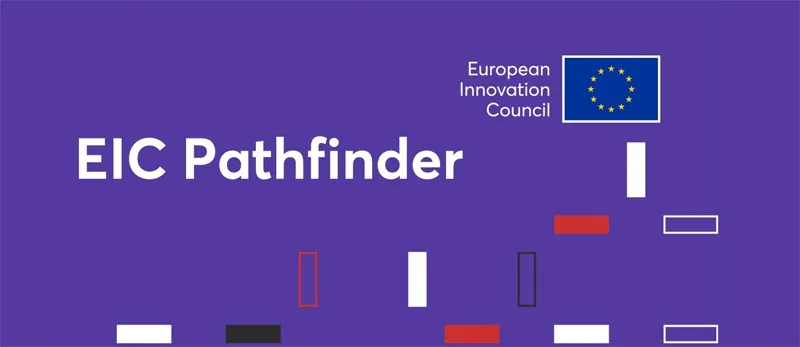
1. Programme Concept and Logic
The EIC Pathfinder 2025 grant represents one of the flagship tools of the European Innovation Council (EIC), which operates under the Horizon Europe framework. The programme supports early-stage research aimed at creating entirely new technological paradigms. It focuses on high-risk science before any demonstration of feasibility. What makes Pathfinder different is that it funds ideas, not products.
The programme runs in two formats:
- EIC Pathfinder Open welcomes ideas from any domain without thematic limitations.
- EIC Pathfinder Challenges supports ideas that align with strategic topics defined by the European Commission. For 2025, six challenges are expected.
Despite these differences, both formats follow the same core logic: they support radical, high-risk research that has not yet been validated but can transform technology, society, or the economy.
Breakthrough, not Evolution
The philosophy of EIC Pathfinder 2025 Grant focuses on paradigm shifts rather than gradual improvements. The programme invites ideas that challenge the status quo, cross disciplinary boundaries, and remain untested. A successful proposal does not need to prove that an idea works. It must explain why the hypothesis deserves exploration, even without existing evidence.
This call does not aim to support product development. Instead, it seeks fundamental concepts that might redefine entire industries or invent new ones. If the idea seems too safe, it probably does not fit Pathfinder’s expectations.
High-risk / High-gain as a Core Principle
The phrase “high-risk/high-gain” is not a slogan. It reflects the essence of Pathfinder’s evaluation process. The programme embraces the potential for failure as part of innovation. Therefore, applicants should:
- clearly describe the scientific uncertainty and associated risks,
- explain how they plan to test their hypothesis,
- outline possible outcomes, including partial success or failure,
- and highlight the potential impact if the idea succeeds.
In Pathfinder Challenges, applicants also need to show how their project contributes to the selected challenge’s objectives. Their proposal should align with the European Commission’s strategic vision — for example, in areas such as quantum sensing, sustainable materials, or bio-digital systems.
Pathfinder within the EIC Funding System
Pathfinder forms the first stage of the EIC’s three-part innovation pipeline:
- EIC Transition helps teams validate results and progress toward application.
- EIC Accelerator supports business development and market entry.
EIC Pathfinder projects do not have to end in commercialisation. However, teams that produce promising results can continue into Transition or Accelerator without reapplying through the general competition.
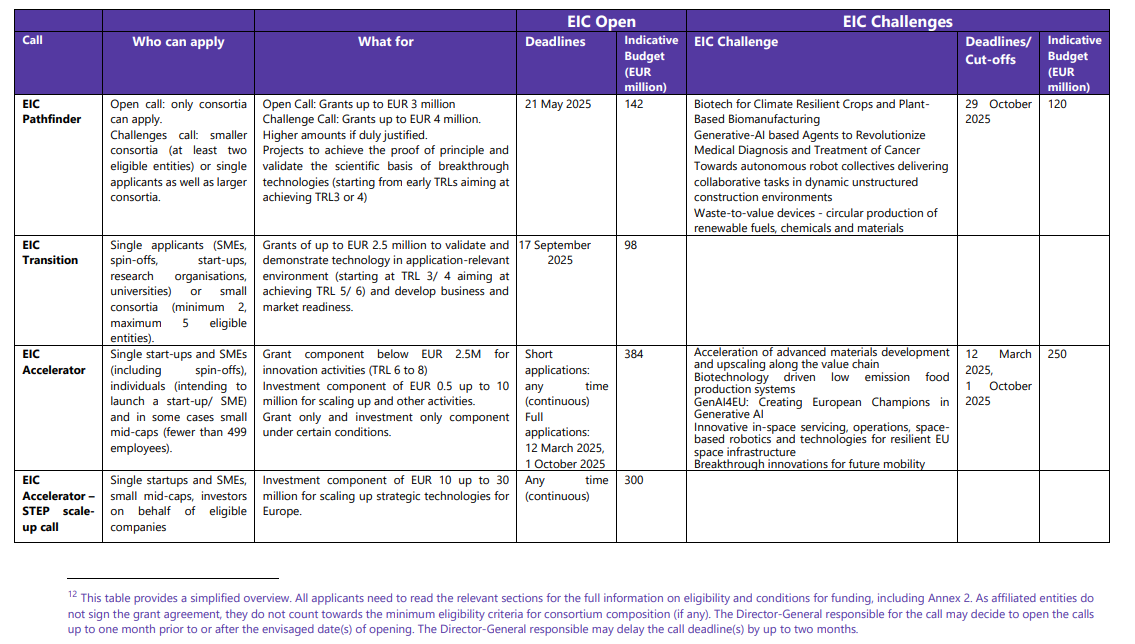
2. Conditions and Deadlines
Deadlines and Format
- Pathfinder Open 2025 will open in February. The deadline for applications is 21 May 2025 at 17:00 CET. Applicants must submit a full proposal (Part A and Part B) in one stage.
- Pathfinder Challenges 2025 will have a separate deadline: 29 October 2025 at 17:00 CET. These proposals must also include a dedicated section describing how the project addresses the specific challenge.
Technology Readiness Levels (TRL)
Both calls support projects at early stages of development — from TRL 1 to TRL 4:
- TRL 1: observation of basic scientific principles,
- TRL 2–3: concept development and feasibility studies,
- TRL 4: validation in laboratory environments.
Thus, Pathfinder supports ideas and exploratory concepts, not mature engineering solutions or finished prototypes.
Budget and Funding Scope
- Pathfinder Open has a total budget of €142 million. The typical grant size is up to €3 million, covering 100% of eligible costs.
- Pathfinder Challenges will distribute €120 million across six challenge areas. Projects with larger budgets may receive funding if they provide strong justification.
Eligibility and Consortium Structure
In both formats, proposals must come from a consortium consisting of at least three independent legal entities:
- Each must be based in a different country,
- At least one must come from an EU Member State,
- The others may be based in associated countries such as Ukraine.
The programme encourages small, interdisciplinary teams. Experience shows that consortia with three to five partners and diverse, complementary expertise achieve the best results.
Topics for Pathfinder Challenges
In 2025, the expected topics for Pathfinder Challenges include:
- long-duration artificial intelligence with self-learning capacity,
- next-generation bioengineered sensors,
- resilient materials for extreme environments,
- biologically inspired computing architectures,
- integrated platforms for neurotechnology,
- radical interfaces for bio-digital convergence.
Each challenge comes with its own scope, expectations, and research requirements. Proposals must reflect this structure.
General Instructions
Applicants must submit all materials in English through the Funding & Tenders Portal. Each proposal includes:
- Part A: administrative and financial details,
- Part B: the technical proposal (maximum 20 pages, PDF).
3. Evaluation Criteria
The evaluation process for both Pathfinder Open and Challenges follows Horizon Europe’s standard criteria: Excellence, Impact, and Quality and Efficiency of Implementation. However, Pathfinder interprets each criterion through the lens of deep-tech and scientific risk.
- Excellence refers to the originality, boldness, and scientific soundness of the idea. Proposals that refine existing technologies will likely be rejected. The evaluators look for novel hypotheses that could redefine fundamental assumptions.
- Impact requires a clear vision of how the results might eventually reshape a field, market, or application domain. It does not require a short-term commercialisation plan but must demonstrate a long-term potential and outline an intellectual property strategy.
- Implementation focuses on the clarity of roles, the qualifications of the team, the feasibility of the plan, and the internal coherence of the work packages. Although Pathfinder does not require monthly budgeting, it expects a logical and robust project structure.
For Pathfinder Challenges, evaluators also assess how well the proposal aligns with the relevant EU challenge goals and contributes to broader, portfolio-level impact.
4. Examples of Funded Projects
To understand what Pathfinder supports in practice, we can review projects that already received funding. These projects do not build on existing solutions — they propose new scientific and technological paradigms.
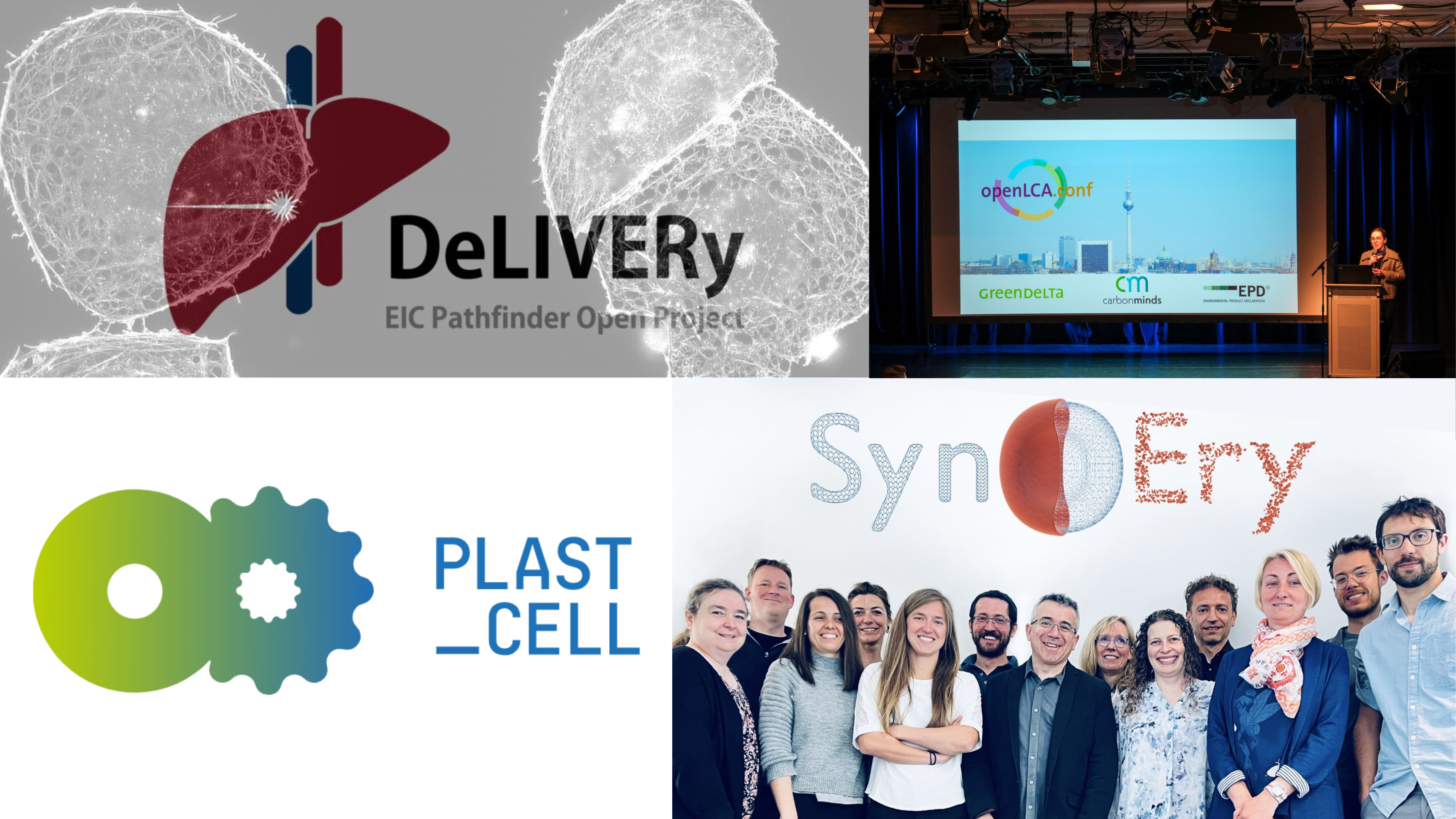
DeLIVERy: This project develops a complex liver-on-a-chip system to model human liver functions. It aims to enable drug toxicity research, disease modelling, and tissue regeneration without using animal models. It combines bioengineering, organ-on-chip technology, 3D printing, and microfluidics.
PLAST_CELL: This project investigates how cancer cells adapt under stress by simulating extreme environments. It uses microfluidic systems and controlled thermal gradients to identify mechanisms of plasticity. The findings could lead to improved predictive tools for tumour progression.
TriFluorium: The project addresses environmental contamination by PFAS (‘forever chemicals’) using tribolysis — a technique that employs mechanical energy to break down harmful substances. It proposes a scalable, safe solution to one of today’s most persistent waste challenges.
SynEry: This project aims to produce synthetic blood substitutes that can be stored for long periods and used in emergency medicine. It leverages nanotechnology, biochemistry, and tissue engineering to build functional oxygen carriers.
These projects share key features: theoretical ambition, lack of finalised products, interdisciplinary frameworks, and potential to reshape entire fields.
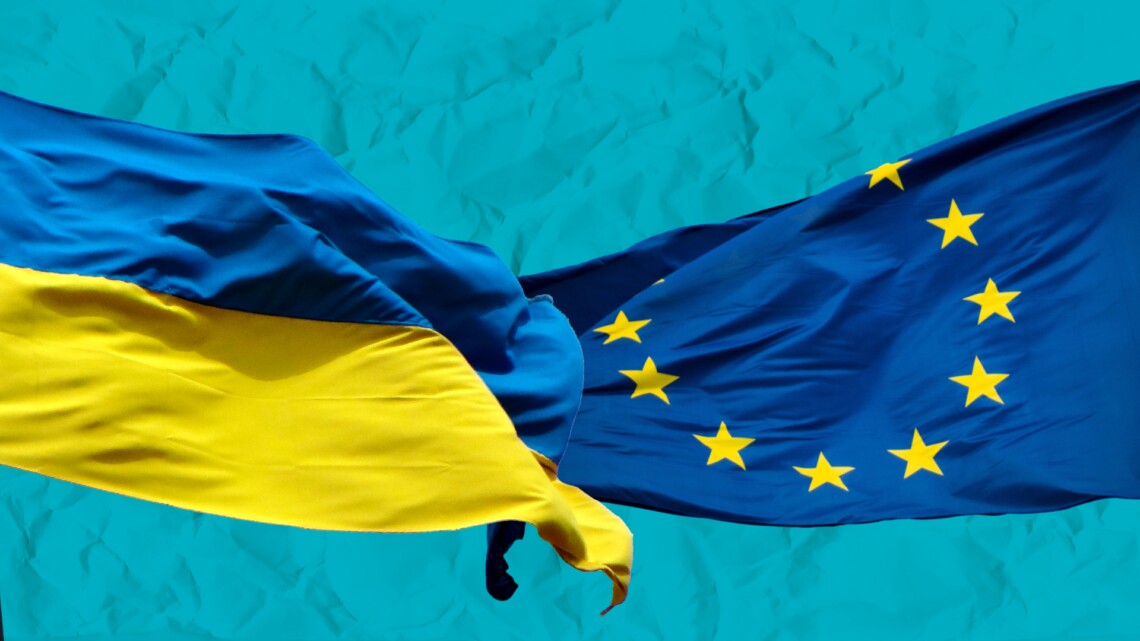
5. Strategic Significance for Ukraine
For Ukraine, joining EIC Pathfinder 2025 Grant has strategic importance. The country can contribute as a full participant due to its association with Horizon Europe. Ukrainian universities, institutes, startups, and individual researchers may serve as coordinators or core partners in transformative projects.
In the context of war and rebuilding, this participation plays a critical role. It builds trust among EU collaborators, helps maintain Ukraine’s research capacity, and connects Ukrainian teams to long-term European science and technology networks.
The EIC Pathfinder 2025 grant is more than a funding mechanism. It represents a chance for Ukraine to influence Europe’s future innovation agenda as an equal partner.
Appendix: Useful Resources
EIC Work Programme 2025 (PDF): This document outlines in detail the funding logic, eligibility conditions, overall budget, calendar, and types of actions funded under the EIC Pathfinder programme.
Proposal Template – Part B (PDF): This is the core document applicants must complete (up to 20 pages). It includes the scientific rationale, methodology, impact, and implementation plan.
Evaluation Form: This document explains all the evaluation criteria that reviewers will use to assess proposals.
Funding & Tenders Portal: https://ec.europa.eu/info/funding-tenders – The official EU portal for registration, submission, and access to templates and documentation.
CORDIS Project Search: https://cordis.europa.eu/projects – A searchable database of past and ongoing EU-funded projects by keyword, country, year, or TRL.
GetGrant (Ukraine): https://getgrant.ua – A Ukrainian platform offering a curated database of grant opportunities, analytical guidance, expert tips for preparing proposals, and technical support for applicants. It includes a powerful filter for funding type, discipline, and donor country.
